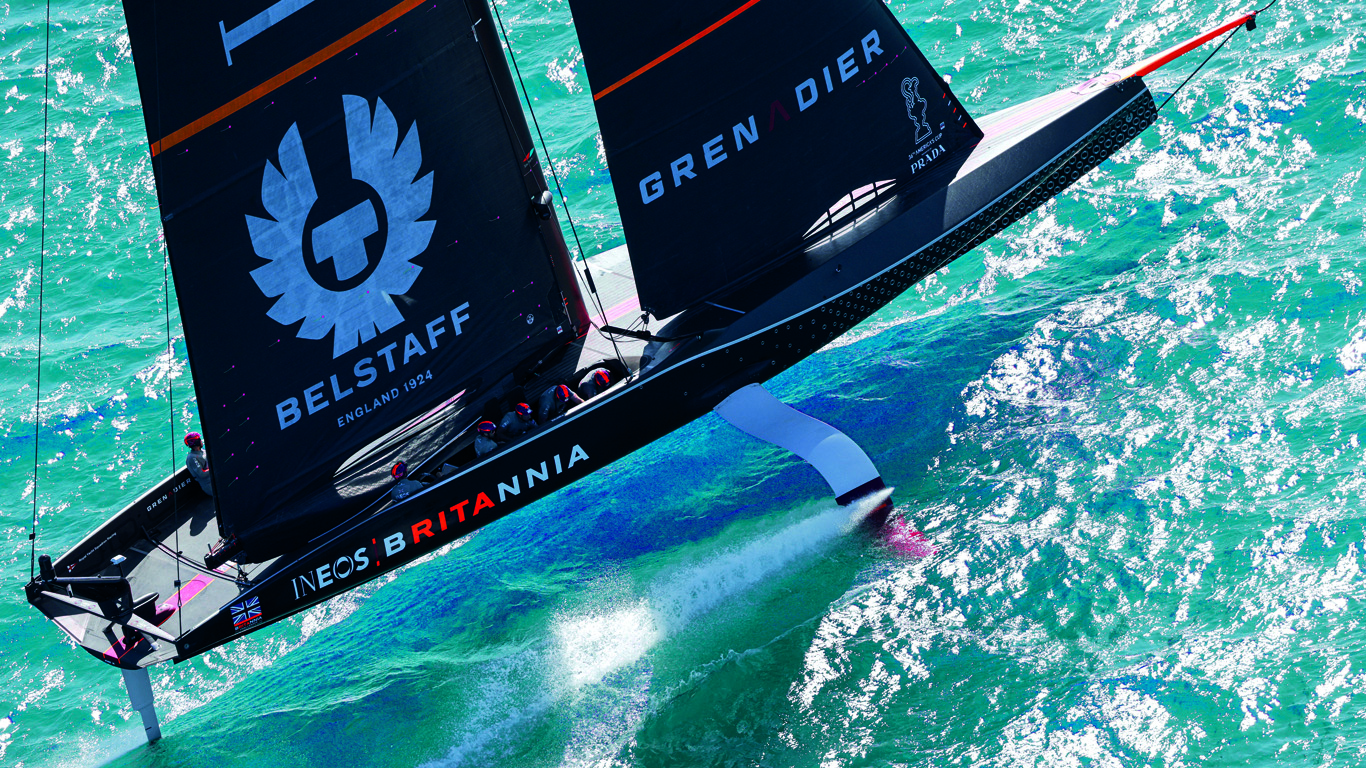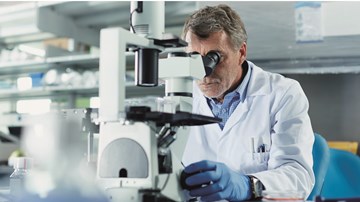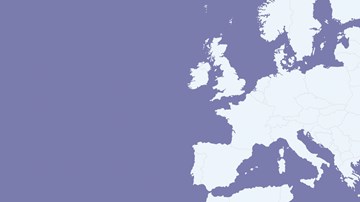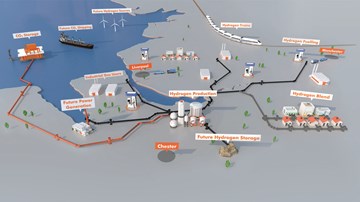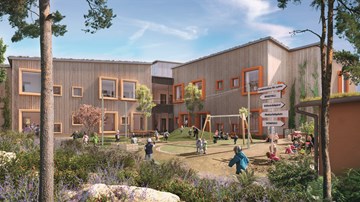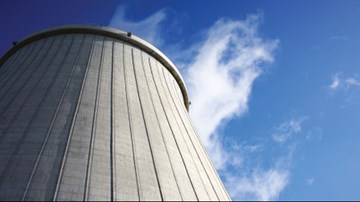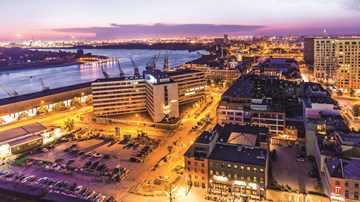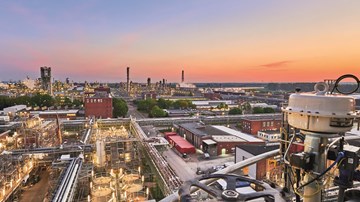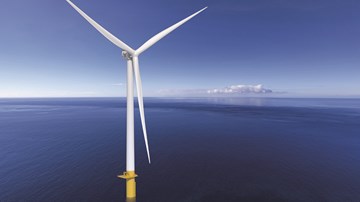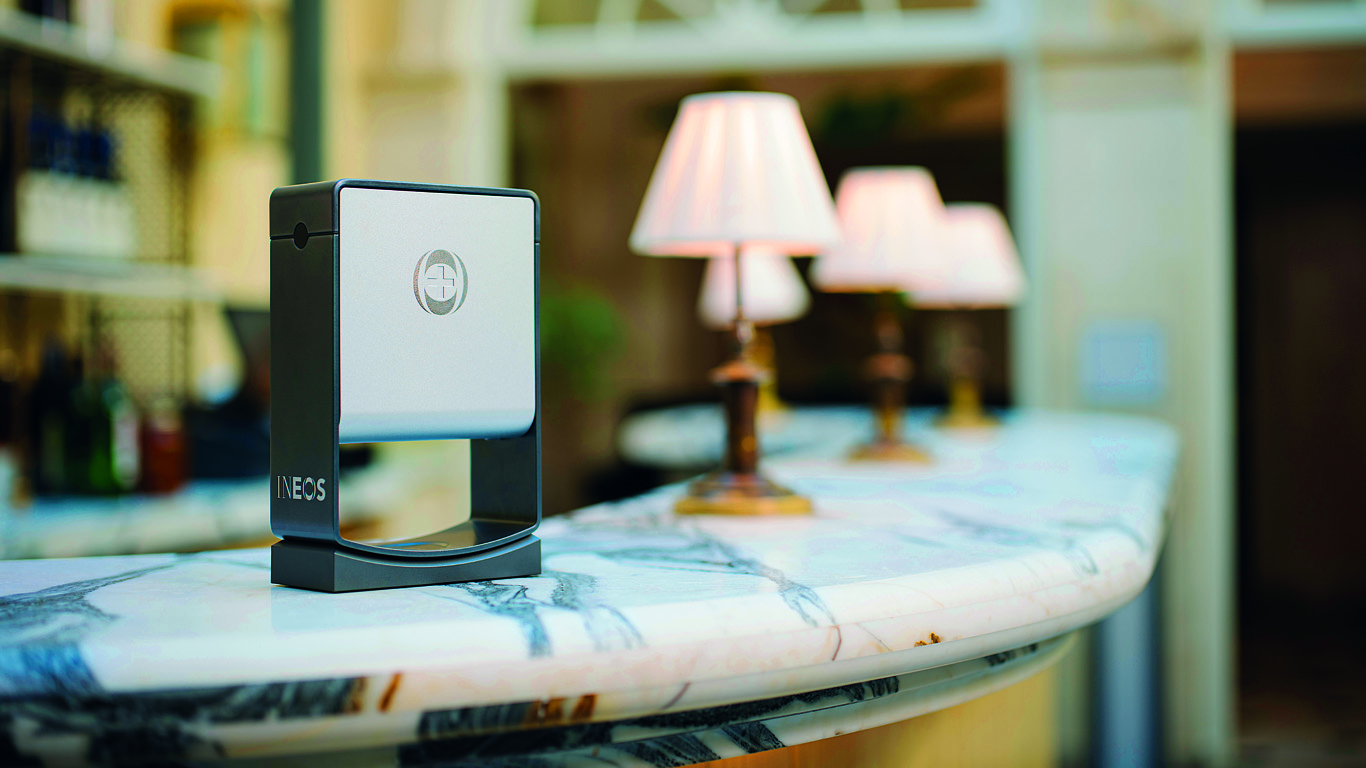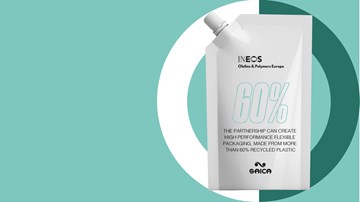Two world-class companies, which believe hydrogen could power the global economy of the future, are now working together. One is Hyundai, one of the largest car manufacturers in the world. The other is INEOS, one of the biggest chemical companies on the planet.
They have signed a ‘memorandum of understanding’ to explore fresh opportunities for producing, supplying and using hydrogen in everyday life.
“The agreement presents both companies with new opportunities to extend a leading role in the clean hydrogen economy,” said Peter Williams, INEOS Group Technology Director.
“We will initially seek to facilitate public and private sector projects focused on the development of a hydrogen value chain in Europe.”
Both companies know the value of hydrogen, which has been described in the past as the Heineken of fuels because of all the parts it reaches.
It can be used to heat homes, and power transport and industry. And when burned as a fuel, it emits only water.
INEOS produces about 300,000 tonnes of hydrogen a year, mainly as a by-product from making chlorine and cracking gas and oil to make olefins and polymers.
Hyundai pioneered the world’s first mass-produced hydrogen-powered car in 2013.
Since then, the car manufacturer, which wants to increase its annual production of hydrogen fuel cell systems to 700,000 units by 2030, has travelled further down that road.
The company’s hydrogen-powered NEXO SUV has been described as a car so beautifully clean that it purifies the air as it goes. It takes just five minutes to fill the tank and that full tank lasts for 414 miles.
As part of the agreement, which was signed in November, the two companies will be exploring whether Hyundai’s second generation fuel cell system can be used in INEOS’ 4x4, The Grenadier.
Saehoon Kim, Senior Vice President and Head of Fuel Cell Centre at Hyundai Motor Company, said he hoped Hyundai’s decades-long expertise in hydrogen fuel cell could be combined with INEOS’ expertise to help mass produce green hydrogen and fuel cells for The Grenadier.
“This will provide an important low-carbon option across a wide range of sectors,” he said.
Pete said INEOS’ experience in storing and handling hydrogen, combined with its established know-how in electrolysis technology, put INEOS in a unique position to drive progress towards a carbon-free future based on hydrogen.
INEOS buys car plant to build 4 x 4
“It was a unique opportunity that we simply could not ignore,” said INEOS Chairman Sir Jim Ratcliffe. “INEOS Automotive set out a vision to build the world’s best utilitarian 4x4, and, at our new home in Hambach, we will do just that.”
The site currently builds Daimler’s Smart EQ fortwo electric vehicles.
Under the deal, INEOS Automotive will continue to produce the Smart car and parts for Mercedes-Benz.
“This acquisition marks our biggest milestone yet in the development of The Grenadier,” said CEO Dirk Heilmann.
“Alongside the exhaustive testing programme that our prototype vehicles are now undergoing, we can now begin preparations at Hambach to build it.”
The first Grenadier is expected to roll off the production line in early 2022.
Dirk said the factory, which is about 200k from Stuttgart, was perfectly placed to tap into supply chains.
